Glendalough Monastery
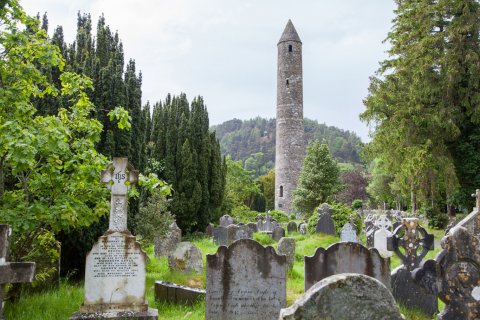
Glendalough is one of the top attractions in Ireland. With sweeping valleys and scenic walks, Glendalough is an idyllic landscape.For years, Glendalough was subject to many Viking attacks but managed to remain as a thriving monastic settlement for centuries. Many of the surviving structures you see today were built between the 10th and 12th century.
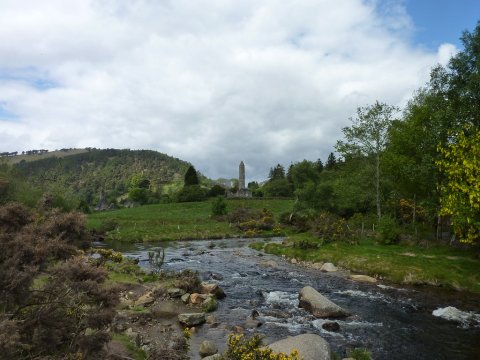
. Glendalough is renowned for its Early Christian Ireland monastic settlement which was built by Saint Kevin around the 6th century.
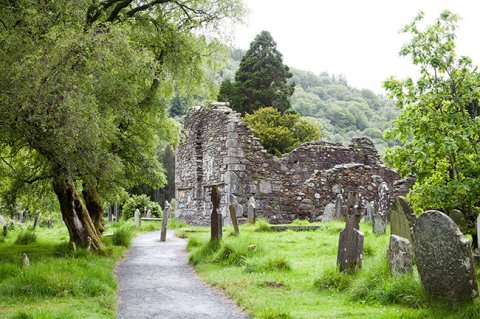
Totally reconstructed from its original stone it is believed that the priest’s house was once a small Romanesque building but its function is unknown. The name is derived from the practice of interring priests on the site in the 18th and 19th century
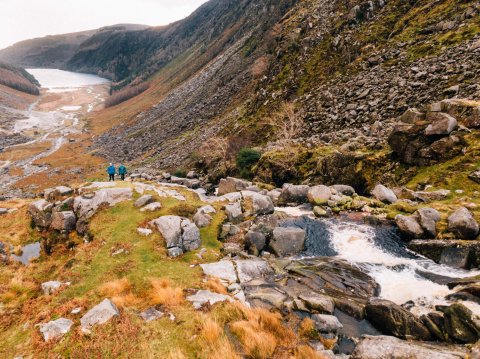
The valley at Glendalough was originally created during the last age. The river Poulanass flows through the valley and into the two lakes below, which were originally one before debris dropped from the rivers load separated them.
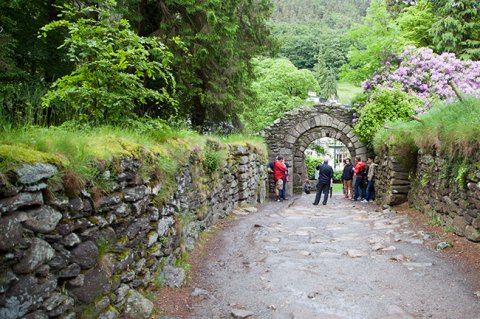
The original entrance to Glendalough monastery known as the gateway is completely unique to the Wicklow monastery. It was originally believed to be two storeys and you can still see what remains of the two granite arches that previously stood on the sight.
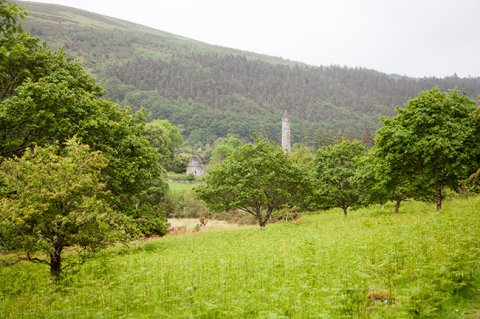
Glendalough’s round tower is built from a mixture of schist and granite. The tower is 30 metres high. Its roof was rebuilt in 1876 using stone from the original tower.
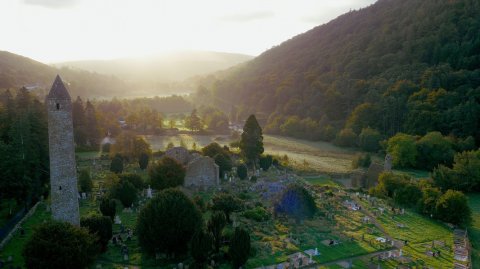
An aerial photograph of the majestic monastic city that is Glendalough where the 30 metre high round tower can be seen in all its glory.
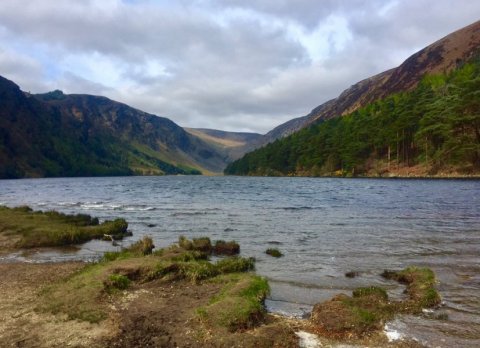
The lake was originally one before a delta created by the Poulanass River separated Glendalough’s lakes in two. They are known as the Upper Lake and the Lower Lake, the Upper Lake being the larger of the two.
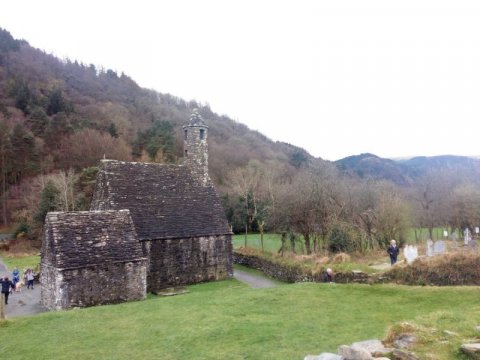
Saint Kevin’s Church or the kitchen as it’s commonly known is a nave and chancel 12th century church. It is known as the kitchen as its bell tour was thought to be a chimney but food was actually never cooked in the church.